Modern cars are becoming smarter and safer each year—and 2025 is no exception. Nearly every car on the road today comes equipped with advanced safety features designed to prevent accidents and protect drivers, passengers, and pedestrians. Yet, many drivers don’t even realize what technologies their vehicles already have.
In this article, we break down the top car safety features you need to know. Some might sound familiar, while others may surprise you. Bookmark this page and check back often, as automotive safety technology continues to evolve.
Why You Should Know Your Car’s Safety Features
Not all features are standard across all makes and models. Your car might be equipped with tools that your neighbor’s car isn’t—and vice versa. The best way to confirm what your vehicle has is to check your owner’s manual. For new updates and expert guides, you can also explore the Research & Blog section of Trenddrill
Forward Collision Prevention Technologies
These systems help prevent or reduce the impact of front-end crashes:
- Forward Collision Warning (FCW): Alerts you if a crash is imminent.
- Automatic Emergency Braking (AEB): Automatically applies brakes if you don’t react in time.
- Brake Assist: Helps you stop faster during emergency braking.
- Obstacle Detection: Warns you about objects in your path.
- Left Turn Crash Avoidance: Warns or prevents you from turning into oncoming traffic.
- Pedestrian & Bicycle Detection: Identifies people or bikes crossing your vehicle’s path.
Adaptive Cruise Control (ACC)
Unlike traditional cruise control, Adaptive Cruise Control maintains a safe distance from the vehicle ahead, adjusting your speed automatically to match traffic flow. Perfect for long highway drives.
Vision-Boosting Headlight Systems
- Adaptive Headlights: Adjust direction and intensity based on your steering and speed, improving nighttime visibility.
- High Beam Assist: Automatically turns high beams on or off depending on oncoming traffic.
Braking, Tires & Anti-Rollover Support
- Anti-Lock Braking System (ABS): Prevents wheels from locking up during hard braking.
- Electronic Stability Control (ESC): Helps maintain control during sharp turns or slippery roads.
- Traction Control: Reduces wheel spin on uneven or wet surfaces.
- Tire Pressure Monitoring System (TPMS): Alerts you when tire pressure is too low.
- Temperature Warning: Notifies you if the road temperature drops, increasing risk of ice.
Hill Assistance Systems
- Hill Start Assist: Prevents rollback when starting on an incline.
- Hill Descent Control: Maintains a slow, steady speed when driving downhill.
Driver State Monitoring & Alerts
Keeping the driver alert is just as important as vehicle performance:
- Drowsiness Alert: Monitors steering and driving patterns to detect fatigue.
- Driver Communication Assistance: Helps drivers interact safely with their vehicle systems.
- High Speed Alerts & Curve Speed Warnings: Warns you if you’re approaching dangerous speeds or sharp turns.
Parking & Backing Assistance
Backing up and parking has never been easier—or safer:
- Back-Up Camera: A clear view behind your vehicle.
- Back-Up Warning Systems: Audio/visual alerts if something is in your path.
- Rear Cross Traffic Alert: Detects and alerts you to approaching traffic while reversing.
- Automatic Parallel Parking: The car parks itself with minimal input.
- Parking Sensors: Beeps to signal nearby obstacles.
Lane and Side Assisting Systems
- Lane Departure Warning (LDW): Notifies you if you’re drifting out of your lane.
- Lane Keeping Assist (LKA): Gently steers you back into the lane.
- Blind Spot Warning (BSW): Detects vehicles in your blind spots.
- Sideview Cameras: Gives you a side-angle view for safer lane changes.
Extra Features That Help Everyday Driving
- Push Button Start: Convenience and security in one.
- Driver Communication Systems: Helps manage all in-car systems hands-free.
Final Thoughts: Stay Informed, Stay Safe
Whether you’re buying a new car or driving an older one, understanding your vehicle’s safety features is critical. Many of today’s cars already include lifesaving technology—you just need to know how to use it. Make sure to review your owner’s manual and stay up to date with the latest developments in automotive safety.
Bookmark this article and visit the Trenddrill.com Research & Blog section regularly for future updates.


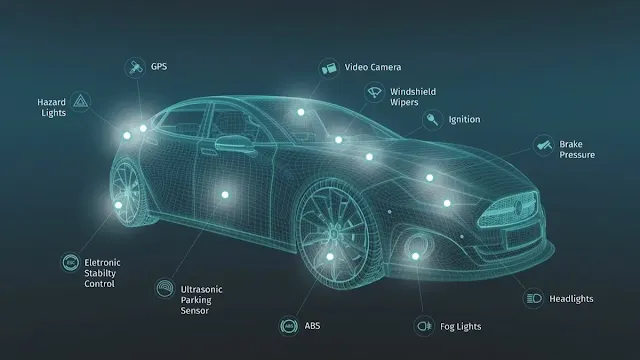


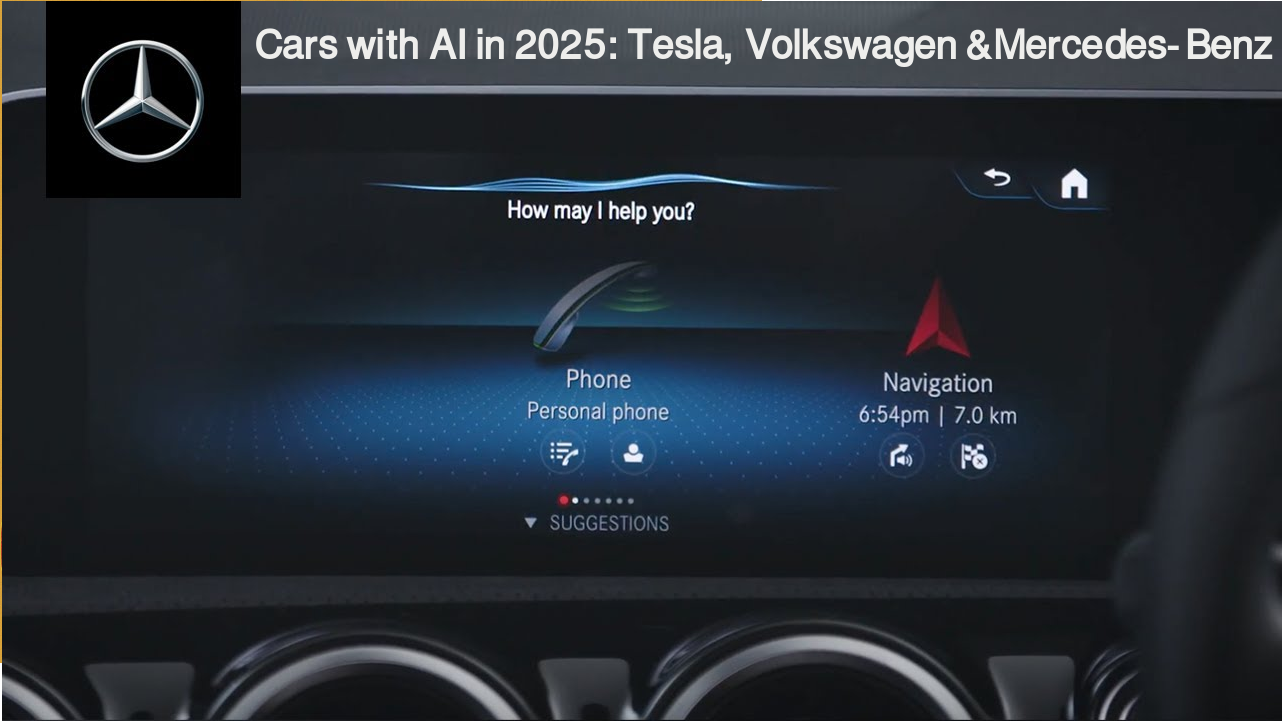
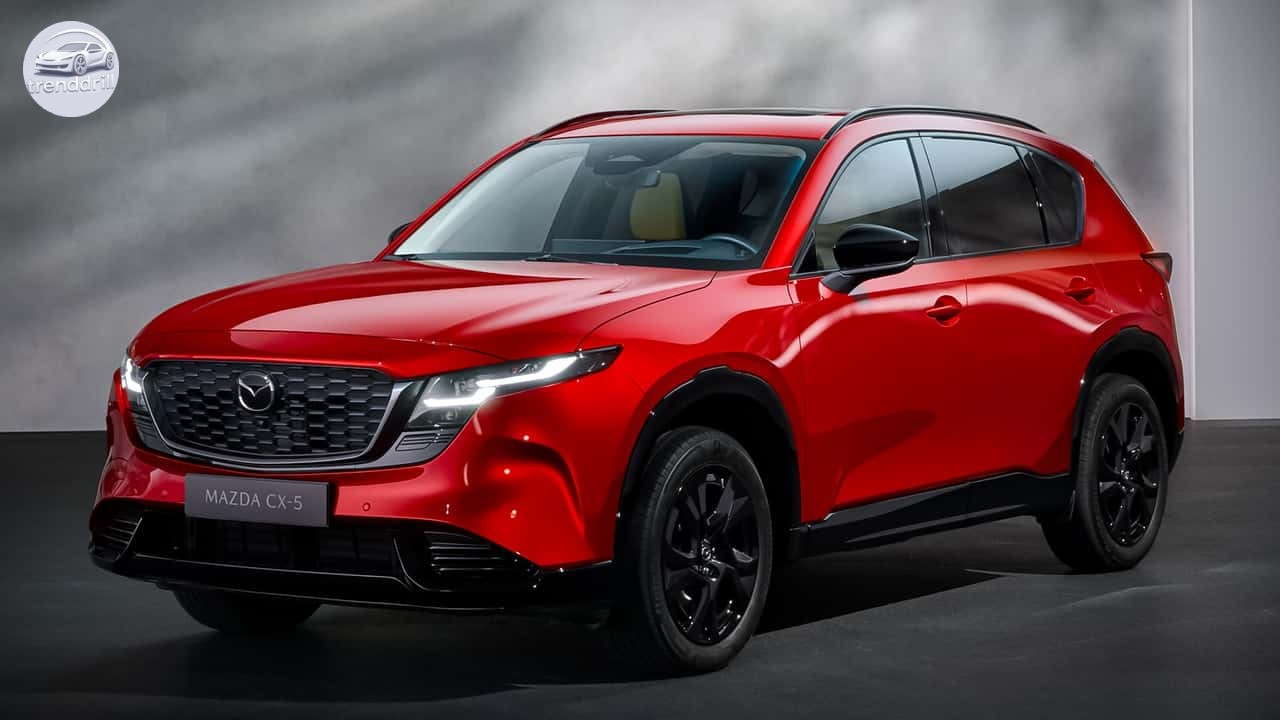





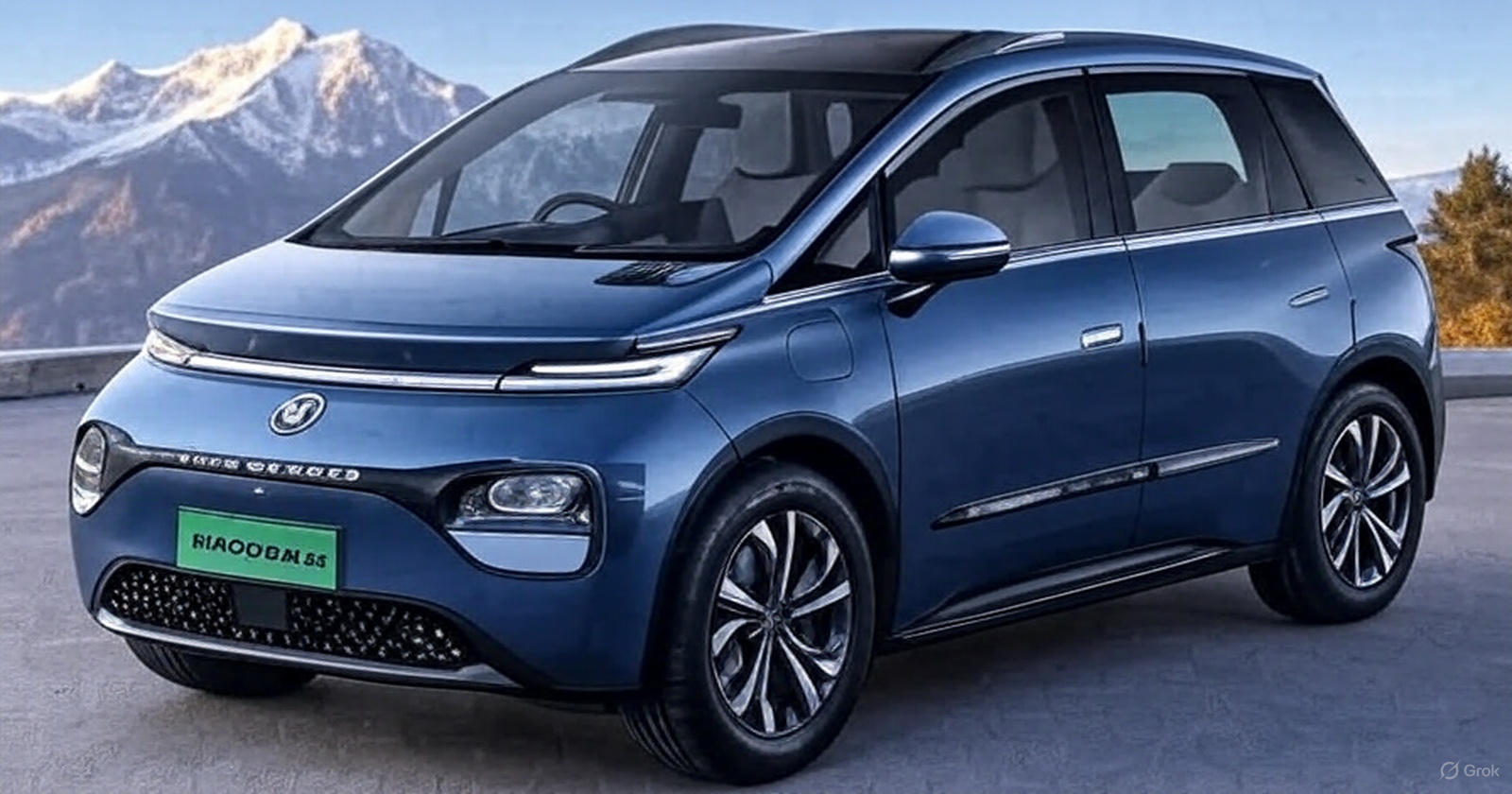
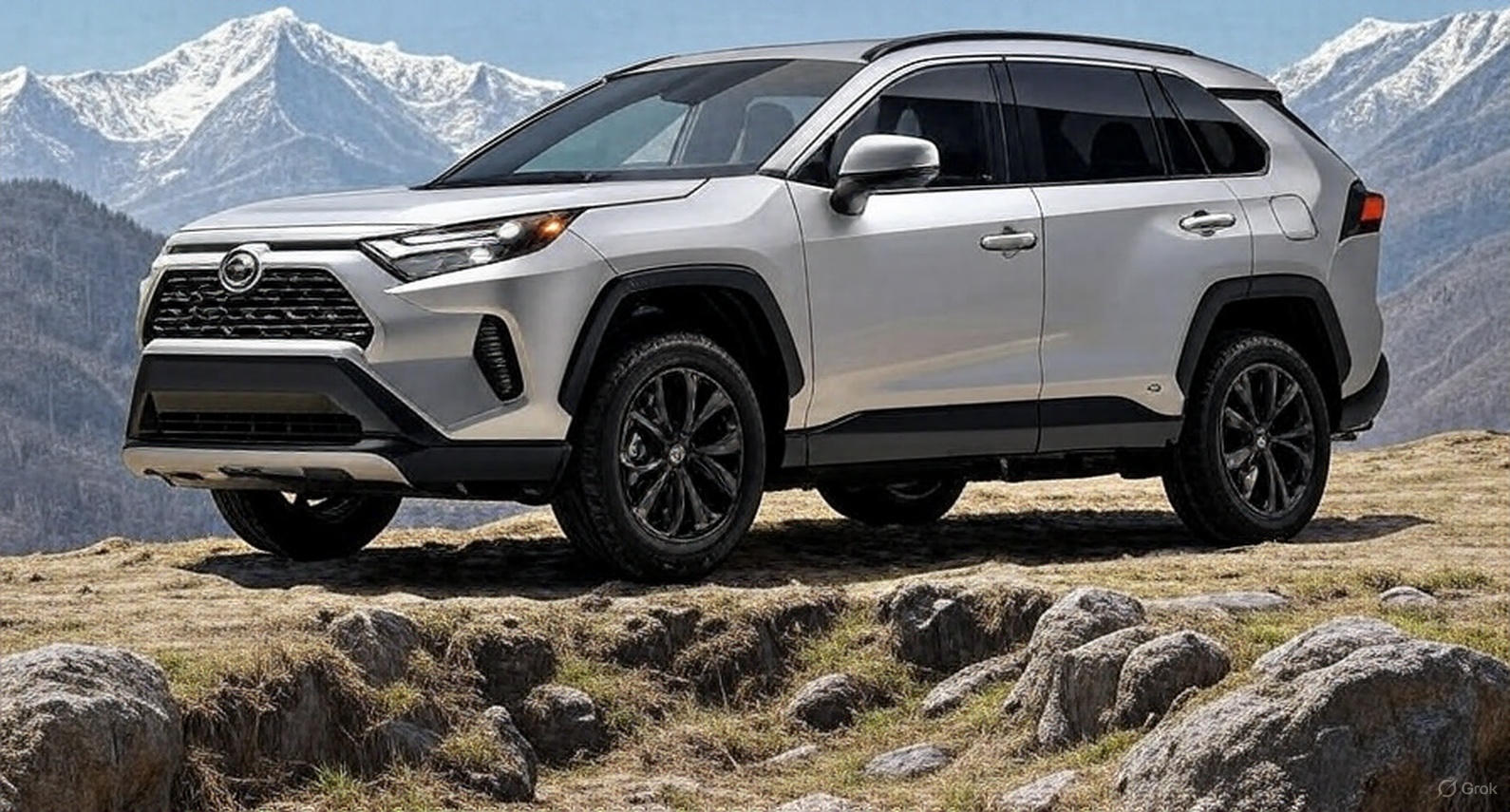
Score Big on Wheels: The Ultimate Guide to Timing Your Car Purchase!
[…] Essential Car Safety Features Every Driver Should Know in 2025 […]